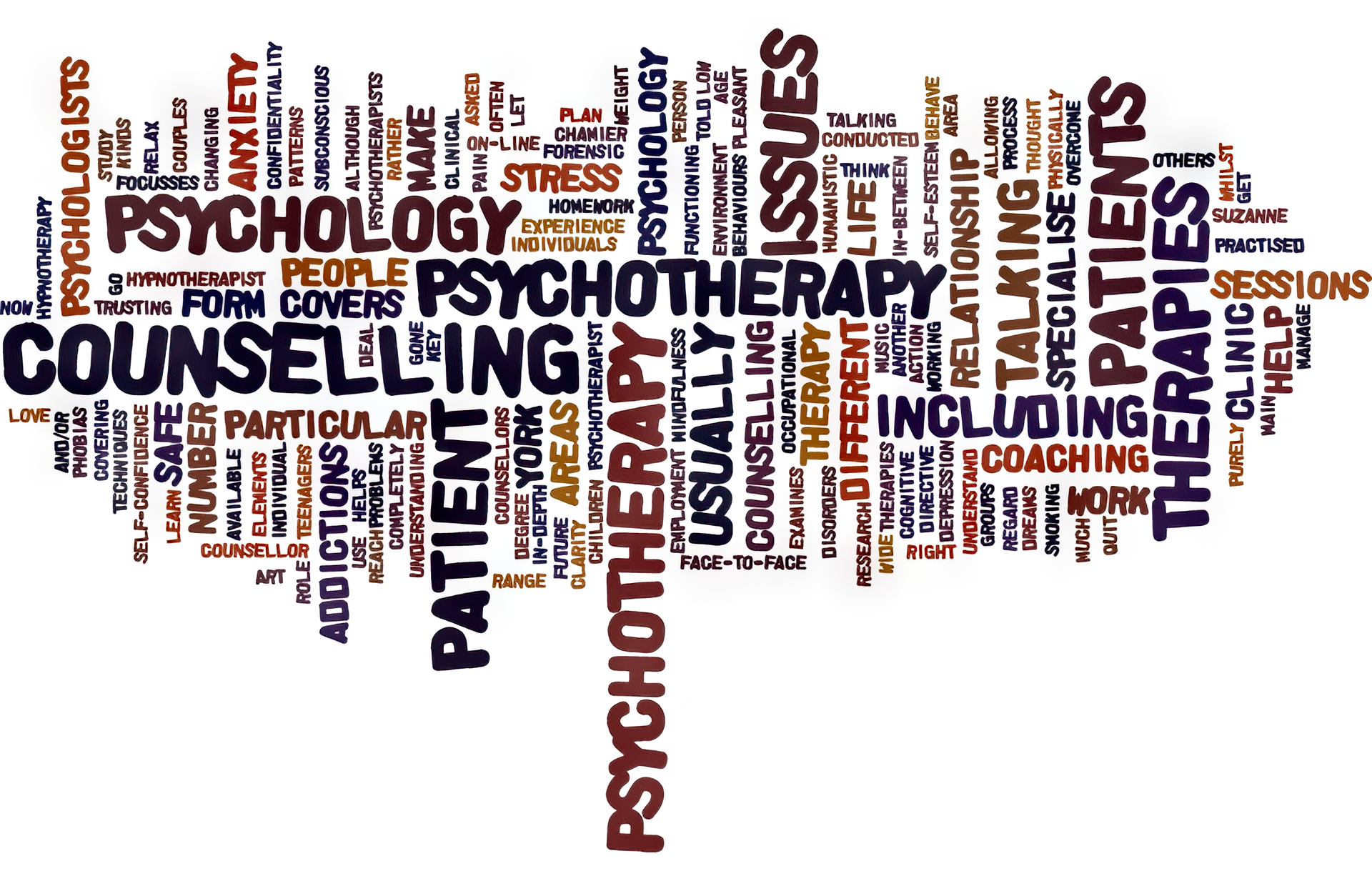The difference between psychotherapy and psychosocial counselling
One could say that psychotherapy is a form of psychosocial counselling (Association of Psychologists of Slovenia).
The American Psychological Association (APA) has defined psychotherapy as any psychological intervention that involves a trained individual and primarily uses forms of communication and interaction to assess, diagnose and treat dysfunctional emotional responses, thinking patterns and behavioural patterns. Psychotherapy is not only a treatment for mental disorders, but must take into account three important areas: the therapist's personality, the psychotherapeutic relationship and the client's characteristics (Norcross 2010). Psychotherapy is primarily aimed at people with disorders and illnesses, and as a consequence psychotherapists are often found in health care settings (Slovenian Psychological Association). Unlike psychosocial counselling, psychotherapies are mostly longer-term processes, which extensively examine and explore the client's history.
Counselling, on the other hand, is defined by the APA as professional help in coping with personal problems, including emotional, behavioural, interpersonal, marital, educational, rehabilitative and other life issues. The task of the psychosocial counsellor is to identify the client's problems, his/her potential, to set goals for the counselling process, to find solutions and to provide psychoeducation. It mainly deals with behavioural problems, interpersonal relationships, coping with one's own emotions and identifying intrusive thoughts, using techniques of active listening, leadership, discussion, clarification and task administration. The psychosocial counselling process is thus fundamentally concerned with finding solutions to current problems and is generally shorter than the psychotherapeutic process.

Caro (2000) seeks to distinguish between the concepts of counsellor and psychotherapist in the presence of pathologies in the clients or patients. Counselling is thus aimed at individuals who are experiencing what the DSM II, the Diagnostic and Statistical Manual of Mental Disorders, calls 'adjustment reactions', whereas individuals with a more rigid personality structure and more profound psychological problems should seek a solution in psychotherapy, which aims to restructure the individual's personality (Caro 2000, 76). The author also sees a difference in the treatment of the unconscious and the conscious in the context of counselling and psychotherapy. He observes that in counselling, counsellors mainly deal with problems at the conscious level, whereas psychotherapists are also supposed to deal with problems at the unconscious level (Caro 2000)
The author (Caro 2000) summarises
that the distinction between the professions of psychotherapist and counsellor is not an exact distinction, but a continuum along which modalities, schools, techniques and individual styles are also conditioned, and along which therapists and counsellors can move freely depending on the context of their work, the nature of the client and other factors.
SOURCES:
American Counselling Association (ACA). 2023. https://www.counseling.org
American Psychological Association (APA). N.d. https://dictionary.apa.org/
Caro, Hugh. 2000. »Counselling and Psychotherapy: Is there a difference? Does it matter?« A. N. Z. J. FamaTher. 21(2): 73–80.
Društvo psihologov Slovenije (DPS). 2017. Psihoterapija in psihološko svetovanje: sorodni, a ne enaki dejavnosti. http://www.dps.si/2017/03/psihoterapija-in-psiholosko-svetovanje-sorodni-a-ne-enaki-dejavnosti/
Norcross, John. C. 2010. »The therapeutic relationship.« V The heart and soul of change: Delivering what works in therapy, ur. B. L. Duncan, S. D. Miller, B. E. Wampold, & M. A. Hubble, 113–141. American Psychological Association.
Škabar, P. 2023. Motivacija za izbiro psihoterapevtskega ali svetovalnega poklica. Magistrsks naloga. Ljubljana: Fakulteta za uporabne družbene študije


